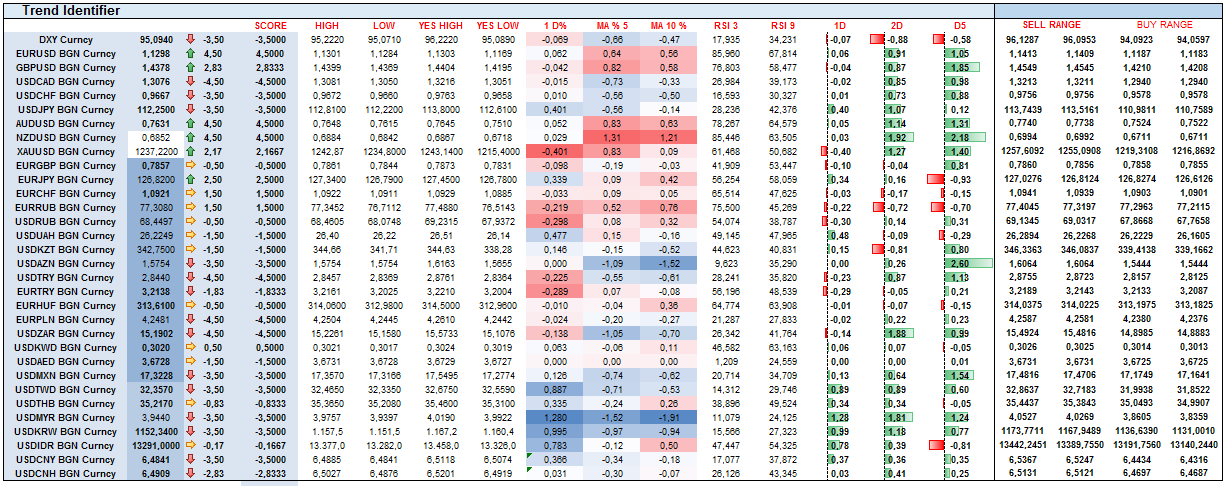
Dovish Yellen Means Short USD for Now: Fed Chair Yellen’s speech yesterday was notably dovish and has opened the door for further USD weakness in the short term, upwards of 3% on a trade weighted basis we think. While the market reaction to the March FOMC could have been previously labeled as somewhat of an overreaction, particularly in the context of some hawkish Fed speakers in the last few weeks, Yellen’s speech makes it clear that the Fed’s reaction function has changed in the last few months towards the dovish side. While official forecasts may have not changed much, the doves have convinced the core that uncertainty around the inflation outlook, asymmetric risks, and international concerns makes caution “especially warranted” until we get further evidence of the output gap closing. Yellen’s suggestion that in light of equilibrium real rates near zero, the current real rate level of -1.25% may provide less accommodation than previously hoped is telling. It suggests that real rates are likely staying negative, making it easier for indebted entities inside and outside the US to deal with over extended balance sheets. This is why higher yielding currencies that often have to deal with twin deficits such as NZD, AUD, GBP, and many EM FX, reacted euphorically to Yellen’s speech.
What does the Yellen speech mean for the upcoming March NFP? Ignore activity, but be sensitive to costs. In other words: it now requires wages to exceed market expectations by a substantial degree to allow the USD to return to its bullish trend early. Indeed, Yellen noted specifically the uncertainty around the longer-run rate of unemployment consistent with inflation stabilizing at 2%. She highlighted that a lower NAIRU was more likely, and as such, a lower level of unemployment might be needed to fully eliminate slack in the labor market. By doing so, the Fed has now moved focus away from the headline number and squarely on to wages.


